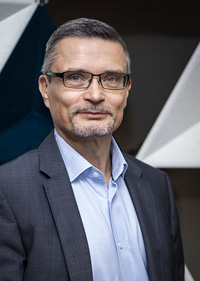The maintenance of the transport network requires continuous work that we do every day throughout the year. The routes are continuously maintained, repaired and improved to keep existing roads, railways and waterways in the best possible condition. New routes are also being built throughout the country: more efficient road connections, more durable bridges, deeper sea lanes and new railway tracks alongside the old.
However, the construction sites act as bottlenecks, which often gets on the nerves of road users or train passengers, especially during the summer months’ most intense construction period. New routes, bridges and junctions will be built on the road network long into the autumn, and paving work will also continue on the ELY Centres’ construction sites. Several railway line sections have ongoing projects that may cause delays or other problems for passengers. As in so many other matters, the reward is worth the effort.
The aim of all our projects and maintenance work is to make transport more efficient and safer on roads, tracks and water. This results in a transport network that is more reliable and in a better condition than before.
In recent months, the geopolitical situation and global logistics have changed rapidly and radically. We are in a new situation, and we need to find solutions quickly. Coordinating changed needs and new solutions is more important than ever. We work closely with all our stakeholders and partners to keep Finland moving in all situations.

Kari Wihlman
Director General of the Finnish Transport Infrastructure Agency
